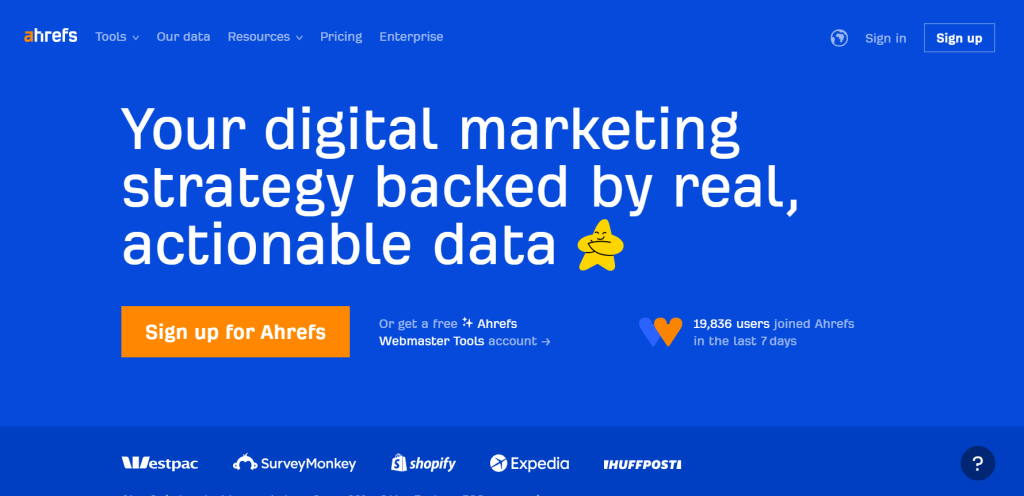In 2025, achieving high Google rankings is essential for driving traffic to your website and staying competitive online. Search engine optimization (SEO) continues to evolve, with new trends and tools shaping the landscape. Here’s how you can optimize your website effectively to rank higher on Google this year.
1. Focus on Core Web Vitals
Core Web Vitals remain a crucial ranking factor in 2025. These metrics measure the quality of the user experience:
- Largest Contentful Paint (LCP): Speed of loading the largest visible content.
- First Input Delay (FID): How quickly a user can interact with the page.
- Cumulative Layout Shift (CLS): The visual stability of the page during loading.
Use Google PageSpeed Insights or Lighthouse to analyze and improve your Core Web Vitals.
2. Mobile Optimization is Non-Negotiable
Most web traffic now comes from mobile devices, making mobile-first design a necessity. Ensure that your website:
- Uses responsive design for seamless adaptation to different screen sizes.
- Has fast-loading pages optimized for mobile connections.
- Features intuitive navigation and user-friendly layouts.
Test your website’s mobile performance with Google’s Mobile-Friendly Test.
3. Create High-Quality, User-Focused Content
Content continues to be the foundation of good SEO. Focus on creating engaging, helpful, and original content that meets user intent:
- Use keyword research tools to identify what your audience is searching for.
- Incorporate keywords naturally in titles, headers, and throughout the text.
- Include engaging visuals such as infographics, images, and videos.
AI writing tools like ChatGPT and Jasper can streamline content creation while maintaining relevance and quality.
4. Leverage Structured Data
Structured data (schema markup) helps Google understand your content better and can make your site eligible for rich snippets. Add schema for:
- FAQs.
- Product ratings and reviews.
- Events and recipes.
Use Google’s Structured Data Markup Helper to implement schema on your site.
5. Optimize Images and Videos
Visual content can slow down your website if not optimized. To ensure fast loading:
- Use modern image formats like WebP for smaller file sizes.
- Compress images using tools like TinyPNG or ShortPixel.
- Add descriptive alt text to images to improve accessibility and indexing.
- Host videos on platforms like YouTube or Vimeo instead of directly on your server.
6. Build High-Quality Backlinks
Backlinks from reputable websites signal to Google that your content is valuable and authoritative. To build backlinks:
- Create shareable content such as original research or infographics.
- Reach out to industry blogs for guest posting opportunities.
- Network with influencers and experts to earn organic mentions and links.
Use tools like Ahrefs and SEMrush to find backlink opportunities, analyze your competitors, and track your link profile.

7. Optimize for Voice Search
Voice search is growing in popularity due to the increased use of smart speakers and virtual assistants. Optimize for it by:
- Using conversational, long-tail keywords.
- Creating content that directly answers common questions.
- Structuring content with clear headings and bullet points for easy skimming.
8. Use Analytics to Refine Your Strategy
Monitoring your website’s performance is key to long-term SEO success. Regularly analyze your site’s data using tools like Google Analytics and Google Search Console. Track:
- Keywords driving traffic.
- Bounce rates and user engagement.
- Pages with high exit rates to identify areas for improvement.
Combine insights from these tools with backlink analysis tools like Ahrefs and SEMrush to refine your SEO strategy over time.
9. Enhance Your Internal Linking Strategy
Internal links improve navigation and help Google understand the structure of your website. Use internal links to:
- Connect related pages and blog posts.
- Highlight cornerstone content.
- Distribute link equity across your site.
10. Stay Updated with SEO Trends
Google’s algorithms change frequently, so staying informed is crucial. Follow industry leaders and resources like Moz, Search Engine Journal, and Neil Patel’s Blog for the latest updates and best practices.
Optimizing your website for Google rankings in 2025 requires a mix of technical improvements, high-quality content, and strategic use of SEO tools. With resources like Ahrefs and SEMrush, you can analyze your site, identify areas for growth, and track your success. Implement these strategies to improve your visibility, attract more traffic, and stay ahead of the competition.








